Tourmaline Rings
and
Your Guide to the Tourmaline Gemstone

Tourmaline rings come in a rainbow of colors and are available in a wide price range that will suit any type of budget - and couples interested in colorful and unique gemstone engagement rings may find the perfect solution through durable and long lasting tourmaline engagement rings.
Below, you will find all the different types of tourmaline,
including the precious paraiba tourmaline, their average cost
per carat, enhancements, special care, and shopping tips which will help
you to find a quality tourmaline ring.
And if you have any questions
about tourmaline gemstones or tourmaline rings, just use the handy
comment section at the end of the page to send in your questions or to
share ring reviews and pics!
Tourmaline
Fast Fun Facts!
October Birthstone
Durability: Very Good
Meaning: Healing, balanced positivity
Flash Factor: Moderate
Special Care: Sometimes
Price $$: Low to High
Availability: Good
Tourmaline Properties
What is tourmaline? In addition to being a striking, colorful and dazzling gemstone, tourmaline is a type of crystal silicate. While there are many different types of tourmaline, all tourmaline gemstones have similar physical properties - the many colors of tourmaline occur when slight differences form in the make-up of silicate crystals in the gemstone.
Durability = Very Good
Hardness = 7.0 - 7.5
Refractive Index = 1.624 - 1.644
Specific Gravity = 3.06
Meaning of the Tourmaline
The tourmaline is primarily believed to be a gemstone with healing and balancing energies which provides these benefits through the cleansing properties and positive energies of the gemstone.
The tourmaline is the modern birthstone for the month of October.
Special Care of Tourmaline
As a durable gemstone with a high hardness rating, tourmaline generally requires no special
care. The only exceptions to this rule are in cases where the tourmaline has been enhanced or treated as
in some types of bicolor or tricolor tourmaline stones (see tourmaline colors below).
Price Guide for all Tourmalines
Tourmalines are priced based on their color, clarity, cut, and carat.
- Rare shades of tourmaline, such as the chrome green and paraiba
blues, are priced much higher than more available tourmaline gemstones
such as
the pinks, yellows, and browns.
- Since many tourmalines contain inclusions, a high clarity rated tourmaline of any color will
be much higher valued.
- Custom cuts which maximize the tourmaline's color or colors, brilliance, and fire are more
highly valued than commercial cuts.
- Tourmalines under 5 carats are much more affordable on a per carat price than tourmalines that are
greater than 5 carats in size.
- As a general rule, unenhanced natural tourmalines are valued higher than enhanced or treated tourmalines.
Top Tourmaline Wedding Ring Picks by Gemvara!
'Grace' Halo Diamond Tourmaline Palladium Ring (matching band available)
'Knotted Bouquet'
18k Rose Gold Tourmaline
Engagement Ring
(matching band available)
Princess-Cut
Tourmaline and Diamond Platinum Engagement Ring
(matching band available)
'Amanda' 18k Rose Gold and Platinum Tourmaline Engagement Ring
(matching band available)
'Alhambra' Palladium Pink Tourmaline Wedding Band (matching band available)
Heart Tourmaline and Diamond Platinum Engagement Ring
(matching band available)
What Makes a Quality Tourmaline?
No matter what color of tourmaline you are interested, there are a few points that will help you to find a quality gemstone.
The first thing you want to look at is color. While tourmaline is available in all shades, there are some undesirable secondary colors which can affect the quality of the stone. Red, greens, and blues are all affected in value if they have undertones of brown, gray, or yellow.
Unless you are purchasing a bi-color or tri-color tourmaline, try to find a tourmaline that has a consistent color with minimal undertones of secondary colors. You also want your tourmaline to hold its color to a good degree even if the gemstone is exposed to different types of lights.
Quality tourmalines are also either minimally enhanced (such as receiving only heat treatments) or not enhanced at all. Always ask the retailer what the enhancement status on the gemstone is.
Consider the price of a tourmaline when you are looking for a quality gemstone. If a price looks too good to be true, it probably is. With tourmalines, expect to pay much more per carat for higher quality stones with good clarity, cut, and color.
Types and Colors of Tourmaline
Red, Pink, and Purple Tourmalines and Rubellite
Red, pink, and purple tourmalines come in a variety of shades from a shocking bright pink known as tourmaline watermelon, to pink browns, to bright reds, blood reds, and soft to intense purples. While color preference is a matter of taste, the value and cost of these tourmalines is affected greatly by color and enhancements or treatments.
These types of tourmalines are from Afghanistan, Brazil, and California (U.S.).
- The Rubellite: Not all red tourmalines are rubellites. Tourmalines which hold a red to violet red color
when viewed from all angles in all lights, and which have a high degree of brilliance and fire, are
true rubellites. Red tourmalines which change tints and colors according to viewing angles
and light are not rubellites; while pink tourmalines are sometimes termed 'rubellites' this is
incorrect as rubellites are only red in color.
- Red, pink, and purple tourmalines are usually heat treated or irradiated to improve and intensify the color. Labeled E, H, or R, heat and irradiation treatments have an excellent stability rating and require no special care. These treatments minimally affect the stone's overall value.
Occasionally, red, pink, and purple tourmalines are injected with colorless oils or resins to improve the gemstone's clarity and overall appearance. Labeled E or O, these types of enhancements have a good to fair stability rating, although the treatments require special care. E or O treated tourmalines should not be exposed to steam cleaners, ultrasonic cleaners, chemicals, and sudden temperature changes. These types of treatments moderately affect the stone's overall value.
Sometimes, red, pink, and purple tourmalines are injected with colored dyes to improve the overall appearance and clarity of the gemstone. Labeled with a D, this type of enhancement has a poor stability rating and the gemstone will require special care. D treated tourmalines should not be exposed to steam cleaners, ultrasonic cleaners, chemicals, and sudden temperature changes. Dyed oils have a large impact on the overall value of the stone, and it is recommended that you avoid purchasing tourmaline rings made with these types of treated stones.
- $ Red Tourmaline Price Guide: Quality red tourmaline rings are on average between $200 - $300 dollars per carat, and
the overall price per carat increases once the gemstones reach over 5 carats in size. A high quality rubellite can fetch
prices around $1,000 dollars or more for small carat sizes.
- $ Pink Tourmaline Price Guide: Quality pink watermelon tourmaline
rings are widely available and cost on average between $80 - $100
dollars
per carat until you reach gemstones over 5 carats in size. At larger
carat sizes the cost per carat may dramatically
increase to over $200 per carat. Pink watermelon tourmaline engagement rings - no
matter what the carat size - are a very affordable alternative to pink
diamond engagement rings.
- $ Purple Tourmaline Price Guide: Lighter purple tourmaline rings are priced on average around $200 per carat, while the more deeper purple shades and violet colors can cost around $300 per carat. For both the lighter purple tourmalines and the darker purple/violet tourmalines, cost per carat increases by $100 - $200 dollars per carat once the carat size reaches over 5 carats.
Blue Tourmaline - Indigolite and Paraiba Tourmaline:
Blue tourmaline is almost any type of blue you can imagine. Most blue tourmalines are also called indigolite tourmaline by gemologists, but the bright and neon like blue tourmalines which come in almost shocking shades of blues, blue-green, and blue-purples are named Paraiba tourmaline after the region in Brazil in which they were first discovered.
Most quality blue tourmalines come from Brazil and Nigeria, but they have also be discovered in Afghanistan, Namibia, Nigeria, and Pakistan.
Blue tourmalines are commonly heated to improve color. Labeled with an E or H, this type of treatment has an
excellent stability rating, requires no special care, and minimally affects the gemstone's value.
Blue tourmalines are occasionally enhanced with colorless oil or colorless resins to improve the gemstone's appearance and clarity. This type of treatment has a good to fair stability rating, but stones which receive these treatments require special care. Labeled with an E or O, these enhanced tourmalines should not be exposed to sudden temperature changes, steam cleaning, ultrasonic cleaning, and harsh chemicals. This type of enhancement moderately affects the stone's overall value.
- $ Blue Tourmaline Price Guide: Quality blue tourmaline
rings range in prices from $300 dollars per carat up to $1,000 dollars
per carat for stones with an excellent degree of clarity, color,
brilliance, and fire.
- $ Paraiba Tourmaline Price Guide: Paraiba tourmaline rings are priced starting at $2,000 per carat and increase steadily to around $10,000 per carat for rarer shades and gemstones with excellent clarity and color characteristics. Paraiba gemstones which reach more than 5 carats in size are usually priced at more than $50,000 dollars.
Green Tourmalines: Chrome Tourmaline
Green tourmalines are available in practically every shade of green, from a green so light it is barely perceptible to a green so dark the stone almost looks black. Most green tourmalines are just called 'green tourmaline' except for the darker varieties termed 'bottle green tourmaline' and the rare and precious emerald like 'chrome tourmaline.'
Green tourmalines are most often from Brazil and Tanzania although they are also found in Afghanistan, Namibia, Nigeria, Mozambique, and Pakistan.
Chrome tourmalines are currently not enhanced in any way and chrome tourmaline rings should always contain unenhanced gemstones.
- $ Chrome Tourmaline Price Guide: Chrome tourmaline rings are highly desirable and quite rare and usually costs around $1,500 per carat for a quality stone; prices may increase dramatically based on the gemstone's clarity and cut.
Green tourmalines are commonly heat treated to enhance their color. This treatment has an excellent stability rating and the gemstone requires no special care after heat treatment. Labeled with an E or H, this type of enhancement only minimally affects the price of the gemstone.
Green tourmalines are occasionally enhanced with colorless oil or colorless resins to improve the gemstone's appearance and clarity. This type of treatment has a good to fair stability rating, but stones which receive these treatments require special care. Labeled with an E or O, these enhanced tourmalines should not be exposed to sudden temperature changes, steam cleaning, ultrasonic cleaning, and harsh chemicals. This type of enhancement moderately affects the stone's overall value.
- $ Green Tourmaline Price Guide: A quality green tourmaline ring is priced around $300 - $500 per carat - although cheaper low quality stones for less than $100 dollars a carat are available.
Darker green tourmalines (such as the bottle green tourmalines) with consistent color are more highly valued than lighter green varieties. Green tourmalines with underlying tones of yellow or brown are considered to be low value gemstones. Dark green tourmalines are pretty rare in larger sizes, so once the gemstones reach more than one carat the price per carat can begin to increase dramatically in the $1,000 - $2,000 dollar per carat range.
- $ Chrome Tourmaline Price Guide: Chrome tourmaline rings are highly desirable and quite rare and usually costs around $1,500 per carat for a quality stone; prices may increase dramatically based on the gemstone's clarity and cut.
Brown, Yellow, and Orange Tourmalines
These shades of tourmalines are pretty common and priced much lower than the other color tourmaline varieties. However, some of the orange and yellow tourmalines can be quite striking, and your choice of tourmaline rings should always be based on personal preference.
Brown, Yellow, and Orange Tourmalines are found in a number of countries including: Afghanistan, Brazil, Namibia, Nigeria, Tanzania, Pakistan, and parts of the U.S.
Orange and yellow tourmalines are often heated to improve their color. This type of treatment has an excellent stability rating and the gemstone requires no special care after treatment. Labeled with an E or H, this type of treatment minimally affects the value of the stone.
- $ Yellow and Orange Tourmaline Price Guide: Quality orange and yellow tourmaline rings which do not have any underlying green, brown, or gray undertones are priced around $100 dollars per carat. Pure bright yellow tourmalines and gold colored tourmalines are sometimes priced as high as $300 dollars per carat for exceptional quality gems.
In rare cases, yellow, orange, and brown tourmalines are irradiated to improve their color. This type of treatment has a good stability rating, and the stones do not require special treatment after this enhancement process. Labeled with an E or R, irradiation modestly affects the value of the stone.
- $ Brown Tourmaline Price Guide: Mediocre brown tourmaline rings are available for as low as $20 dollars per carat, but the more beautiful and consistent shades of brown in eye clean gemstones with high clarity are valued as high as $150 dollars per carat.
Multi-Colored Tourmalines
Multi-colored tourmalines are usually either two colors, or three colors, although some tourmalines may even resemble a shimmering rainbow depending on the type of light they are exposed to.
- Multi-color Tourmaline Shopping Tips: If you are interested in
multi-colored tourmaline rings, pay close attention to
the quality of color in the gemstones. There should always be a clear
definition between the colors, and the colors should be
split evenly on the gemstone (for example, a bi-colored tourmaline
should be 50% one color and 50% of the other color). Multi-colored
tourmaline rings that have blurred colors and multiple undertones are
not valued highly and tend to look a bit like the colors were
all mushed together.
- Multi-color tourmalines are usually not enhanced or treated in any way.
- Watermelon tourmaline rings have pink-red and green
colored tourmaline gemstones, and the most precious watermelon
tourmalines are 50% green and 50% pink-red.
- Cat's eye tourmaline is a bi-color tourmaline which should consist of only two colors to create a clear 'cat eye' effect.
- High quality multi-colored tourmalines can cost around $500 dollars per carat, although multi-colored tourmalines which feature
an exceptional cut, color quality, and clarity rating may be priced as much as $1,000 dollars per carat.
- Special Care Note: Multi-colored tourmalines can develop a weak spot where the colors meet. If you are interested in multi-colored tourmaline wedding rings or engagement rings, take care not to expose the ring to any hard blows and make sure the gemstone has been placed in a protective and secure setting.

Shopping Tips for Tourmaline Rings
With so many colors to choose from, and varieties of tourmaline available, take the time to look at a number of tourmalines before you settle on your final decision.
Always shop from a reputable seller to ensure that you are buying a quality stone, and never purchase tourmaline engagement rings without a return policy.
While many tourmalines are commonly heat treated, other types of treatments affect the gemstone's durability. Ask the seller about any enhancements the gemstone has received. Stay away from tourmalines which have received any type of dye (labeled with a D) enhancements.
Once you have received your ring, have an independent jeweler evaluate the gemstone to make sure that you have paid the right price for a quality stone. If the stone does not pass an independent evaluation, return it with your policy.
Keep in mind the points which make a quality tourmaline: high degree of clarity, consistent color, no undertones of yellow, brown, or grays, and a custom cut which maximizes color, brilliance, and fire of the stone.
Questions or Comments?
Do you have comments or questions about tourmaline rings?
Send in your questions and comments, or upload pics of your tourmaline jewelry to share here!
I will post answers to your questions as soon as possible!
Return from Tourmaline Rings to Gemstone Engagement Rings
or
Return to Everything Wedding Rings Home
Recommended & Trusted Jewelers
Our Advertisement Policy
Adin Fine Antique Jewelry
Use Code=Everything-Wedding-Rings
For a 5% Discount
More Tourmaline Wedding Ring Picks!
'Infinite Love' Iolite and
Tourmaline Silver Wedding Band
Pear-Cut Tourmaline and Diamond Platinum Engagement Ring (matching band available)
Cushion-Cut Tourmaline Diamond Halo
Palladium Engagement Ring
(matching band available)
Oval-Cut Tourmaline and Diamond 18k Rose Gold Ring (matching band available)
Tourmaline and Diamond Solitaire Platinum Engagement Ring (matching band available)
'Bacchus' Men's Tourmaline and Diamond Platinum Wedding Band
'Annabelle' Cushion-Cut Tourmaline and Diamond Palladium Engagement Ring
(matching band available)
Vintage Inspired Oval-Cut Tourmaline and Diamond Palladium Engagement Ring
(matching band available)
'Fiona' Palladium Tourmaline Engagement Ring with 18k Yellow Gold Highlights
(matching band available)
Princess-Cut Tourmaline and Diamond
Platinum Engagement Ring
(matching band available)
'Olive Wreath' Tourmaline and Diamond Men's
Platinum Wedding Band
Claddagh Heart Tourmaline Palladium Ring (matching band available)
Princess-Cut Tourmaline and Diamond Platinum Engagement Ring
(matching band available)
'Written in the Stars' Tourmaline and
Diamond Silver Wedding Band 2018
Marquise-Cut Tourmaline Celtic Knot Style Palladium Engagement Ring
(matching band available)
Emerald-Cut Tourmaline 18k Yellow Gold Engagement Ring (matching band available)
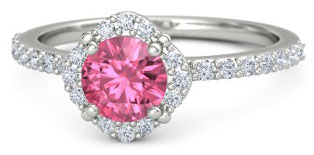
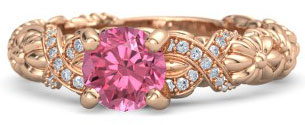
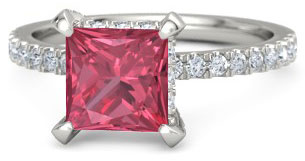
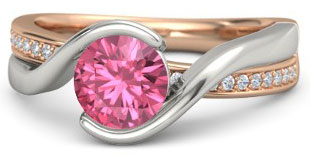
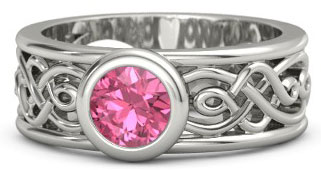
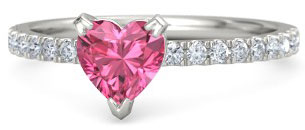





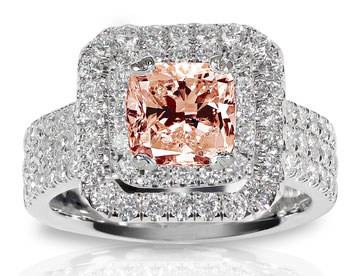




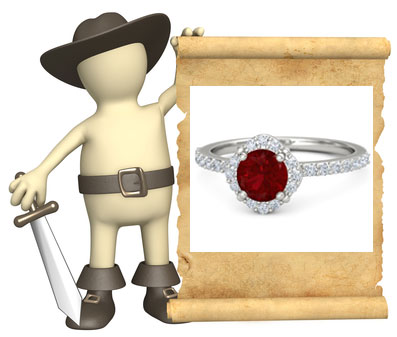

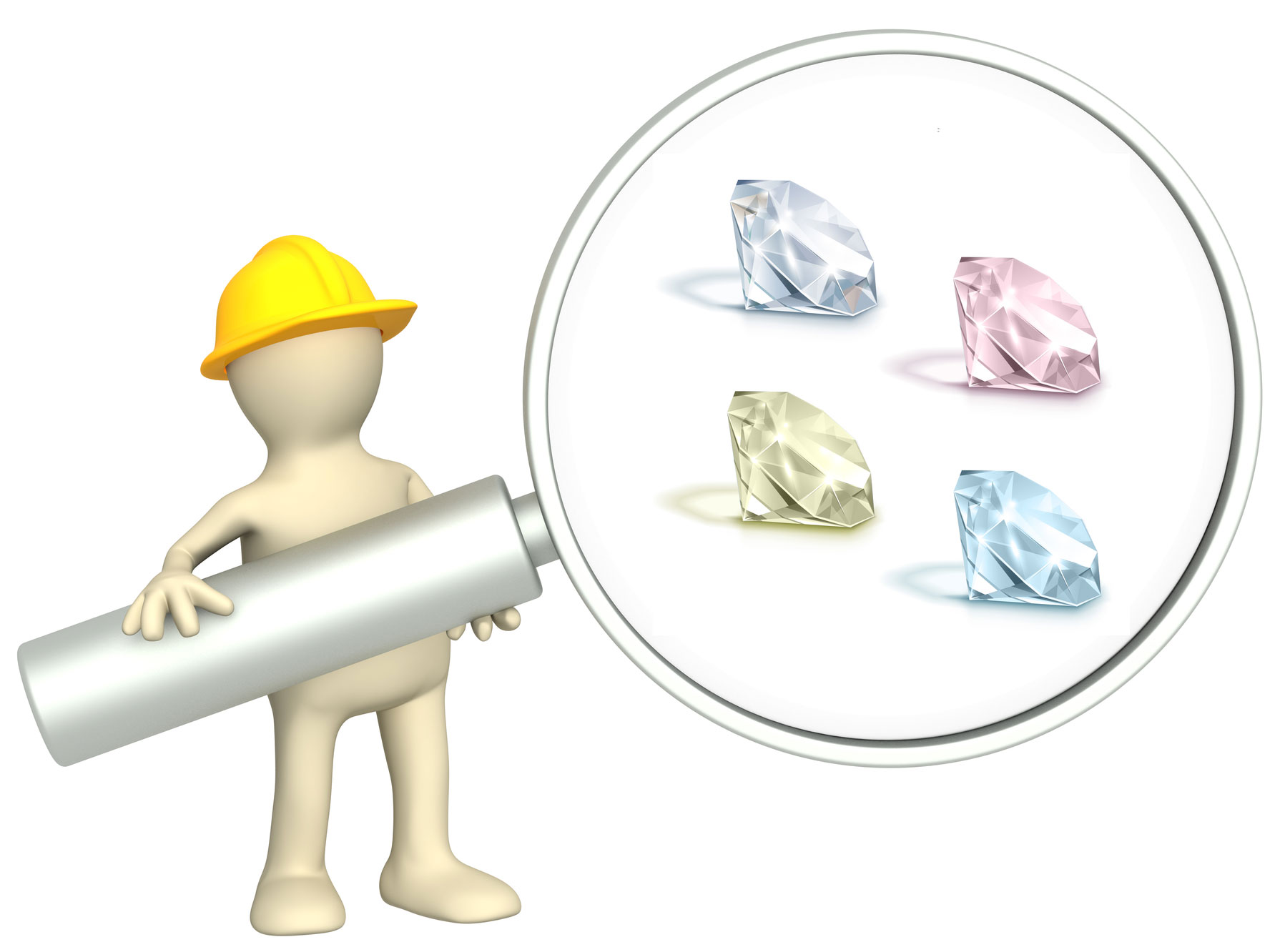



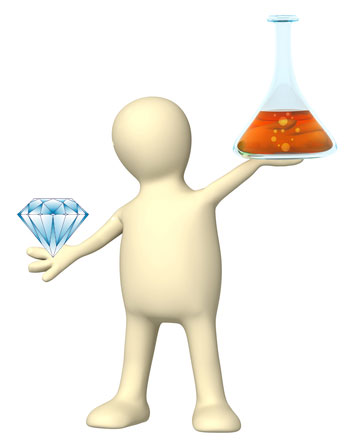


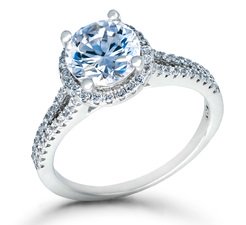
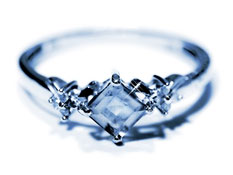


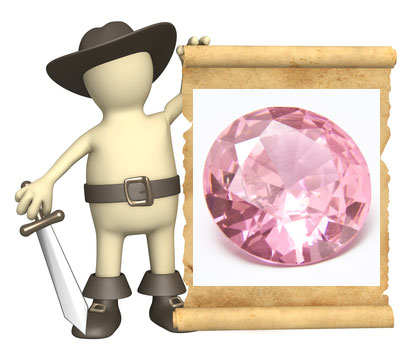

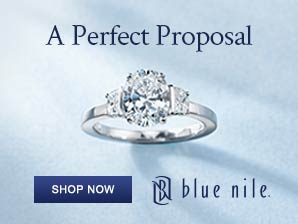
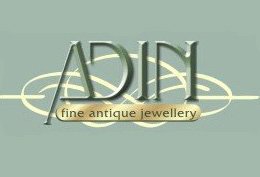
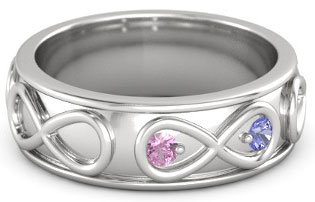
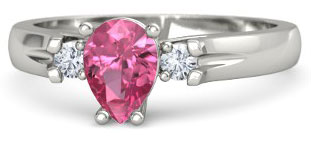
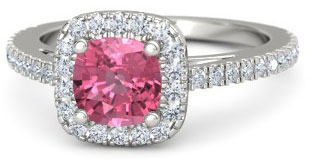
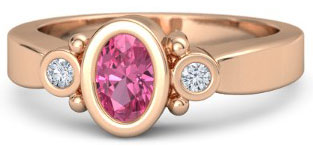
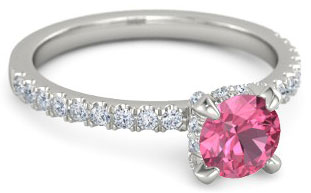
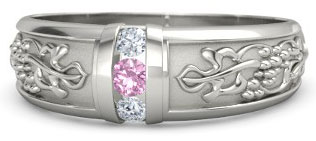
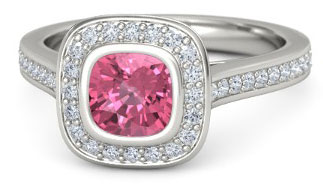
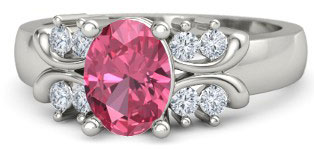
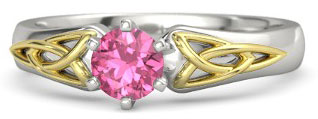
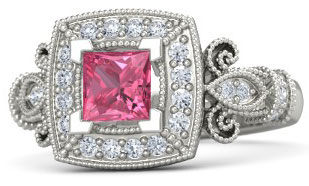

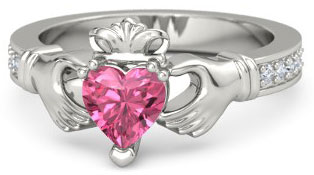
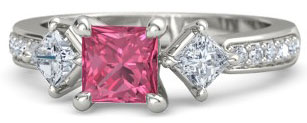
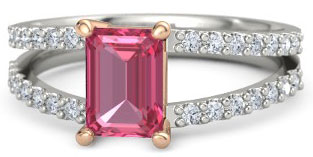
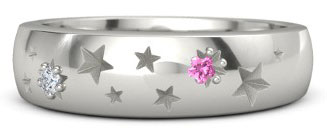
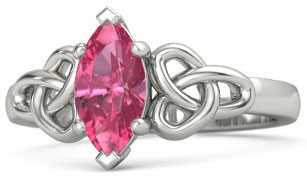
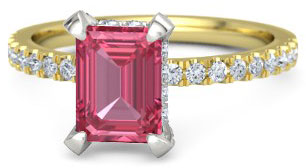
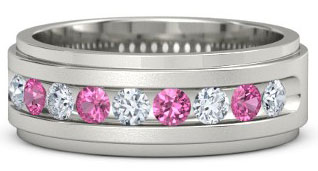
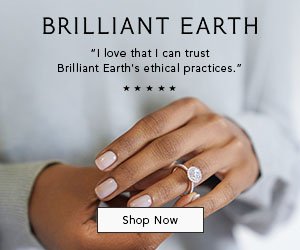
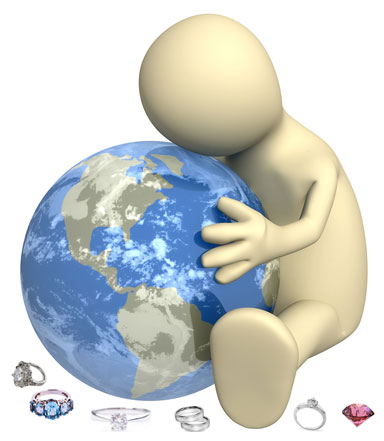

New! Comments
Share your comments below!